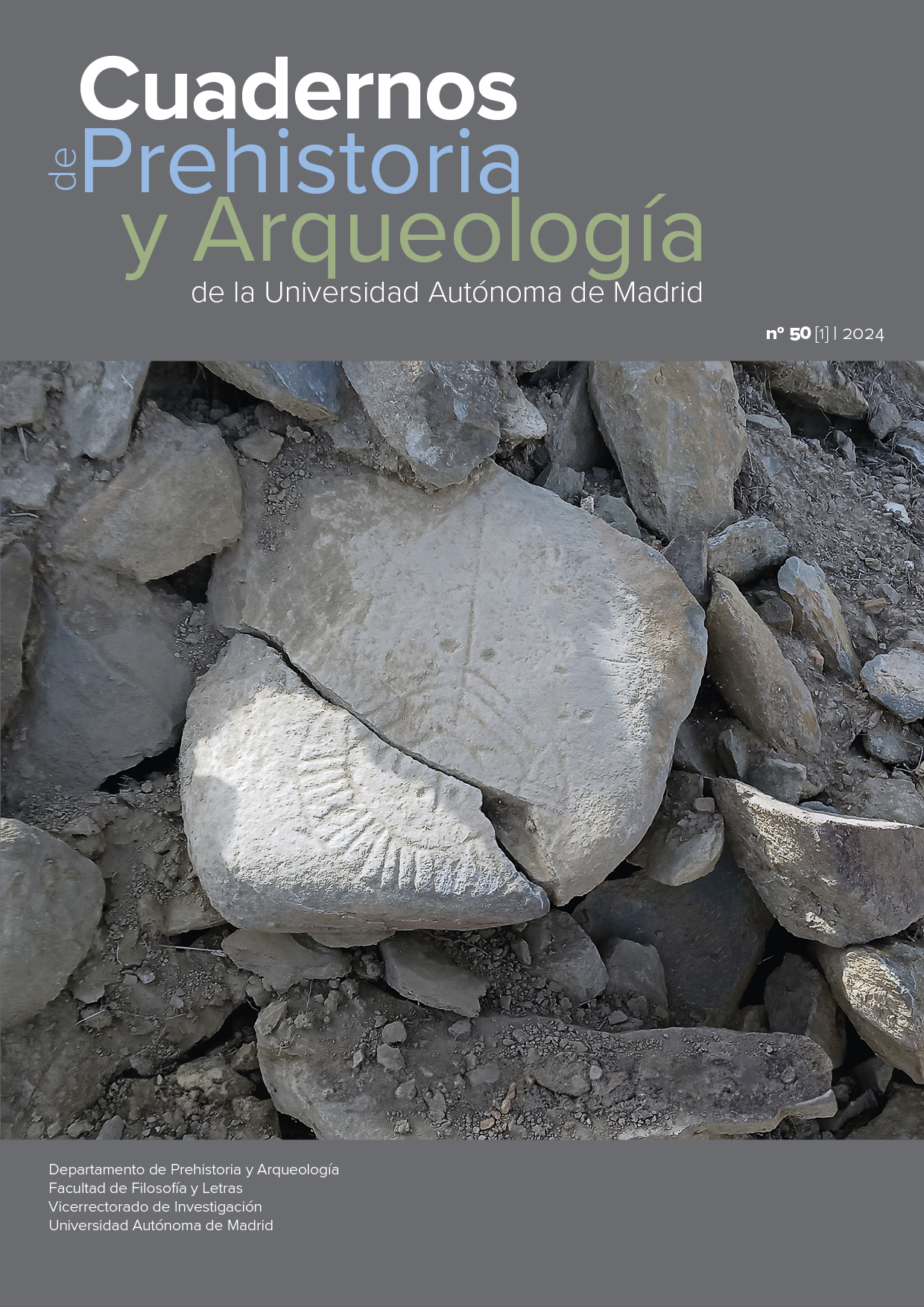A Bayesian Statistical Reassessment of Levantine Late Iron Age I Radiocarbon Data
Кључне речи:
radiocarbon, chronology, bayesian model, levant, canaan, israel, david, solomon, sheshonq, biblical archaeologyСажетак
The Levantine Iron Age I represents a crucial period, defined by the persistence of local Canaanite ware with few local and regional changes and the proliferation of Philistine Bichrome pottery after a ending period of the Late Bronze Age where Philistine Monochrome pottery and LH IIIC developed. Usually, scholars place its beginning in the 12th century BC, coinciding with the upheaval caused by the Egyptian withdrawal and the collapse of the Late Bronze Age palatial system, among other historical events. However, the conclusion of this era is a subject of disagreement. Archaeological evidence suggests a transitional phase towards the later Iron Age IIA, usually known as Late Iron Age I or Iron Age IB, marked by the early introduction of new features in pottery, announcing the subsequent revolution of the Iron Age IIA, while traditional ware kept predominant. Discrepancies arise from diverse interpretations of historical sources and methodological approaches to the archaeological record. Traditional perspectives often associate the end of this period with the rise of the Unified Kingdom of David and Solomon around 1000 BC — adherents to the High Chronology view — (Yadin, 1972) or the establishment of the later Israelite Samarian kingdom following Pharaoh Sheshonq’s military campaign around 930 BC — proponents of the Low Chronology view — (Finkelstein, 1996; Finkelstein and Silberman, 2001; Fantalkin and Finkelstein, 2006). Our research aims to illuminate this chronological debate using a robust Bayesian statistical approach. We meticulously gather radiocarbon data from stratified contexts spanning the Iron Age IB and adjacent periods to construct Bayesian models and average determinations. Our findings reveal that the transition to the Iron Age II
was not uniform but rather heterogeneous, occurring between approximately 1050 and 930 BC. This challenges conventional interpretations that link the transition towards the Iron Age IIA to political incidents such as Davidic conquests or Sheshonq’s campaign. Instead, the adoption of new pottery styles reflects nuanced regional dynamics, suggesting a complex cultural evolution beyond the influence of centralized administration from Jerusalem or Samaria.
